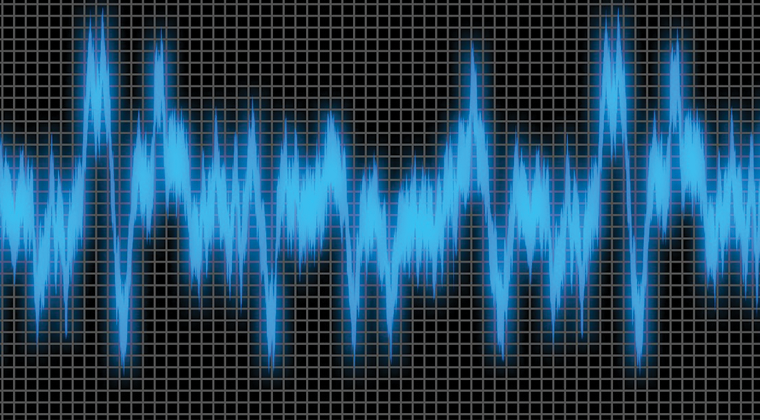TENS (Transcutaneous Electrical Neuromuscular Stimulation)/E-STIM (Electrical Stimulation)
How does TENS work?
TENS works through the delivery of small electrical impulses. These impulses start in the TENS unit (a small hand held machine), travel down electrodes, and into pads on the skin. These pads are specially designed to deliver the electrical impulse into the tissues and nervous system of the patient’s body. The nervous system picks up on these electrical impulses and sends signals to the brain which masks the sensation of pain from that area.
What other names might this go by?
TENS is also known as TNS and EPM (Electric Pulse Massager).
What to expect
When chronic pain is local and specific, the use of an electrical stimulator can be effective to dull the pain temporarily. Typically, this kind of modality is used after the intervention has proven to be helpful in the clinic, and is only used by the individual during very specific activities. You can expect to feel a strong tingling sensation under the pad which is attached to the skin. When successful, this tingling over-rides the pain sensations, and provides relief. The body is able to build a resistance to this TENS, so the longer it is used, the less effective it becomes.
Potential Risks
Patients with pacemakers should avoid this equipment because the electrical current could interfere with the pacemaker. There is a low occurrence of burns when the electrodes are not placed correctly, or the power is turned up too high.


